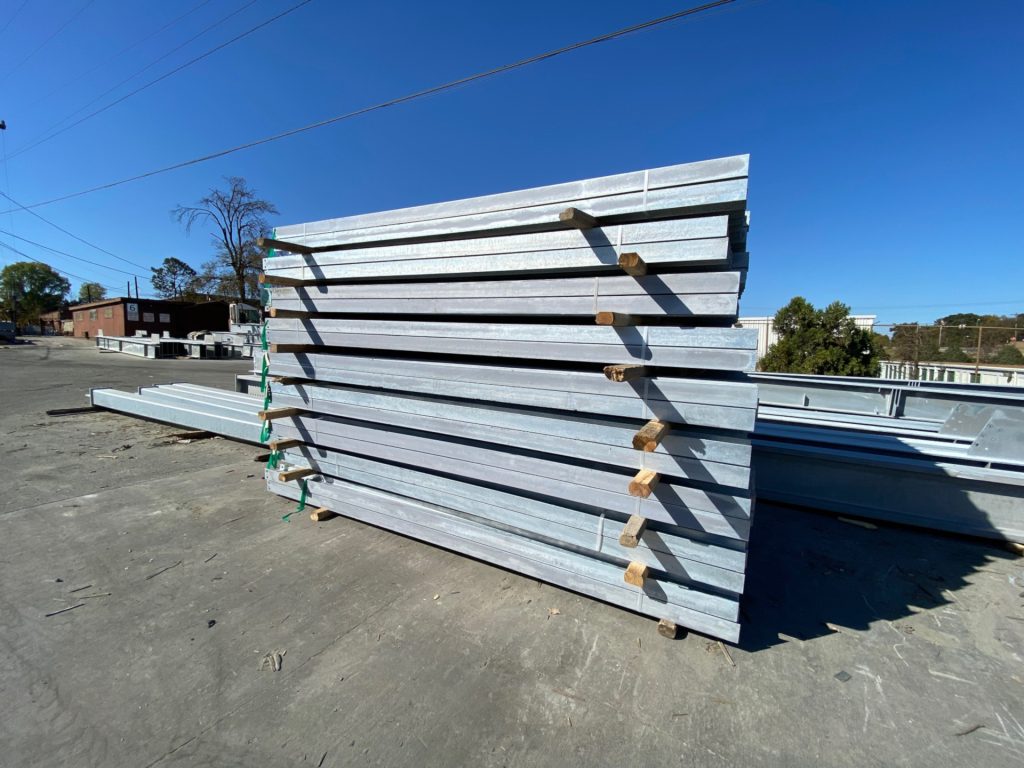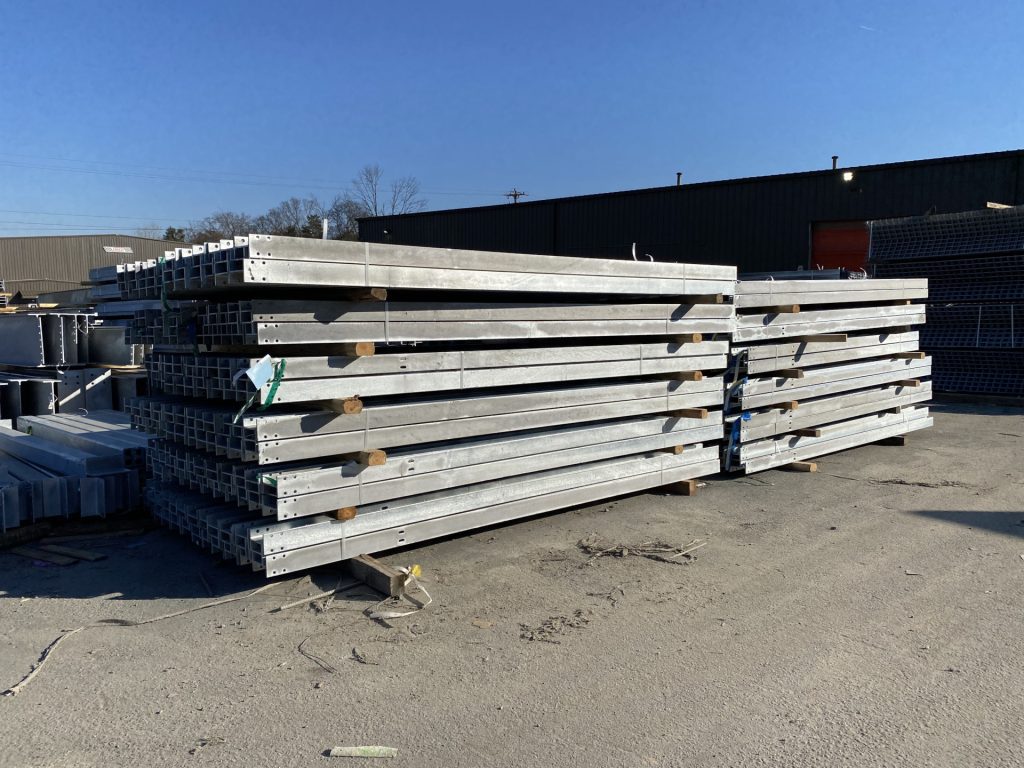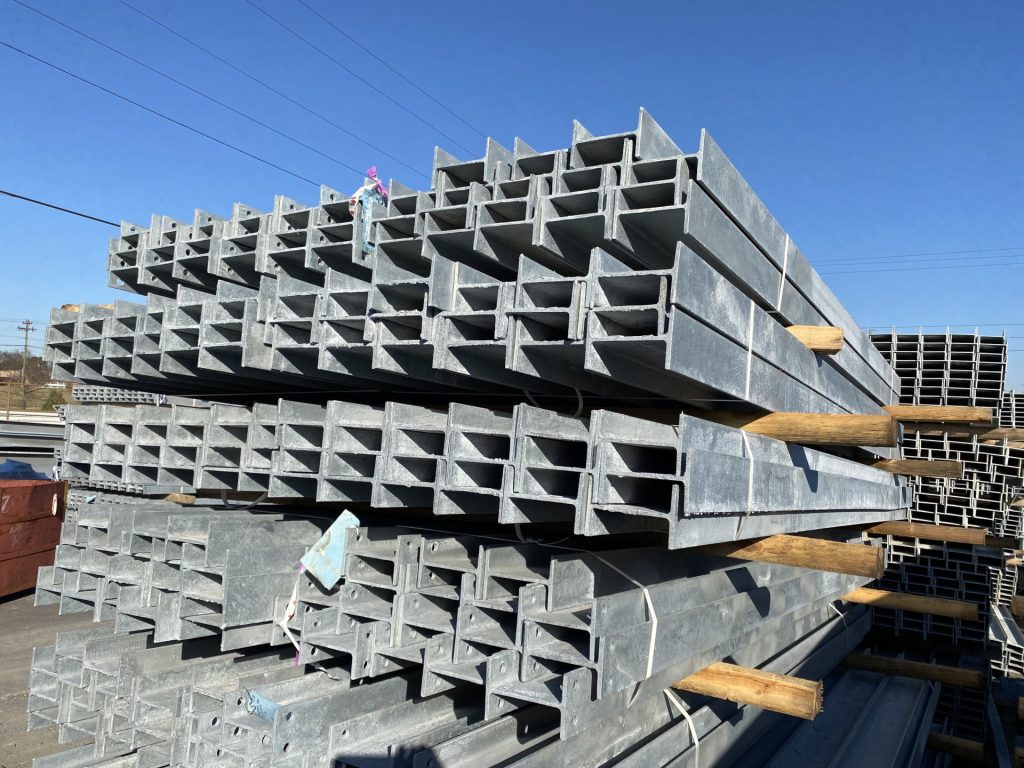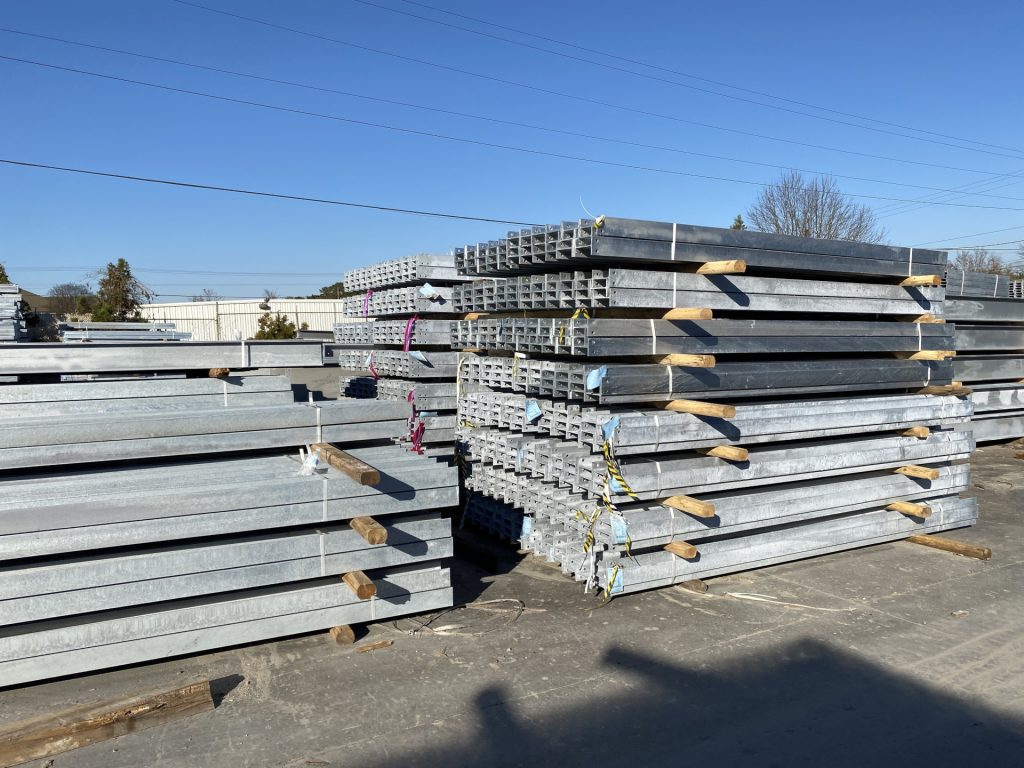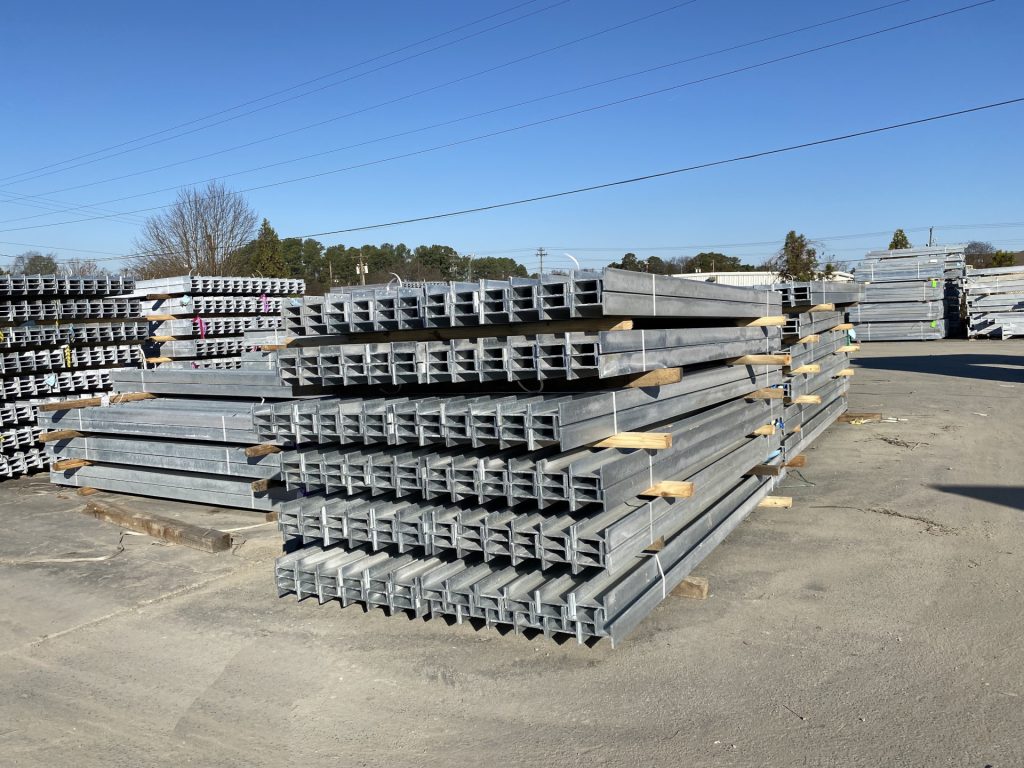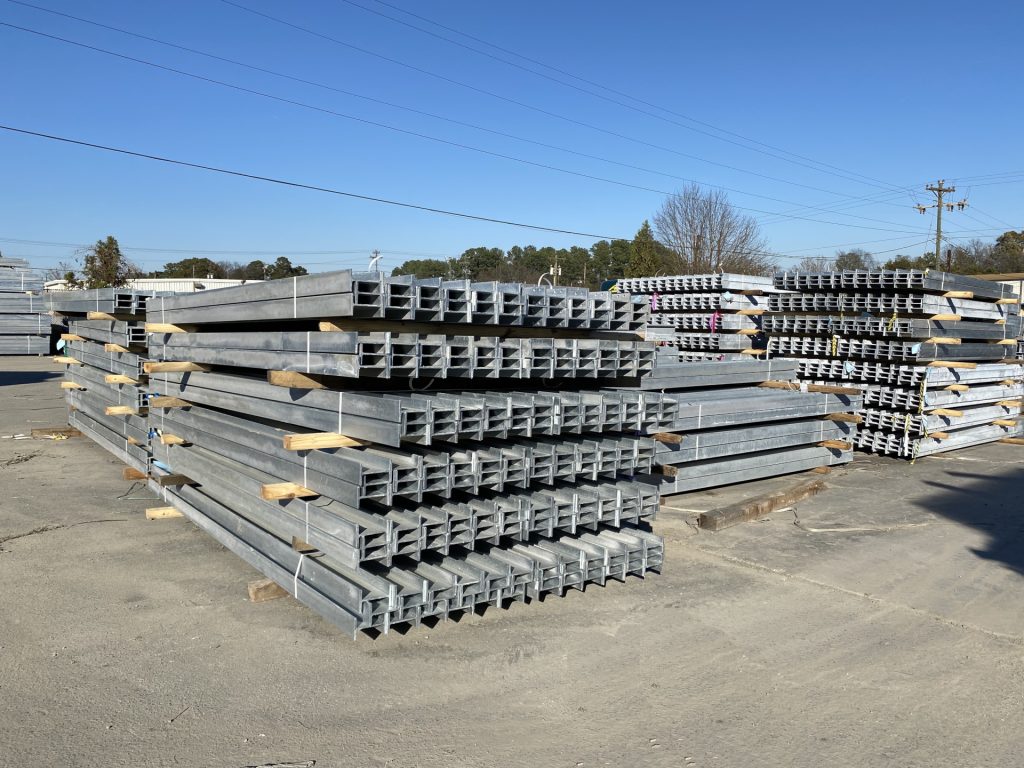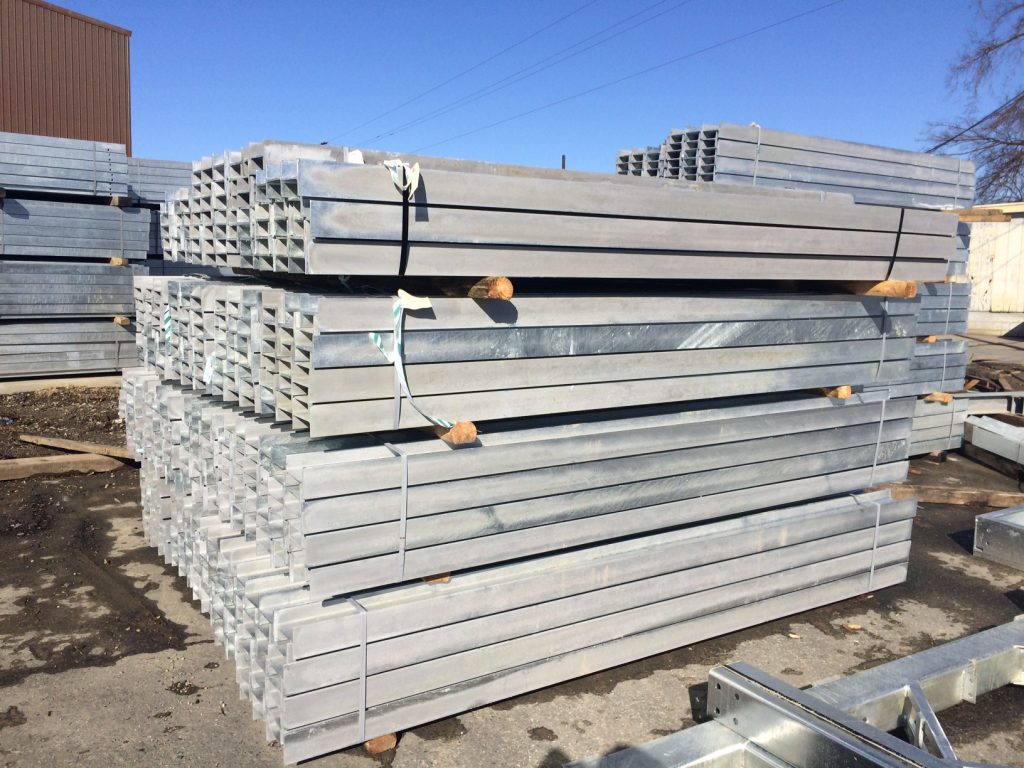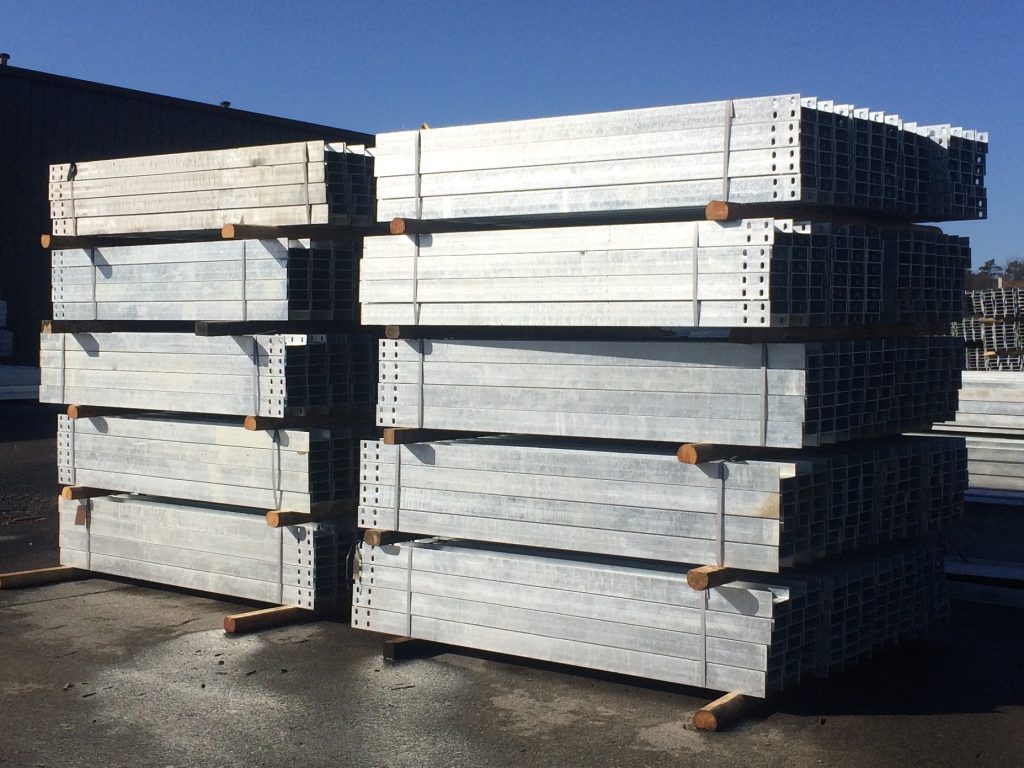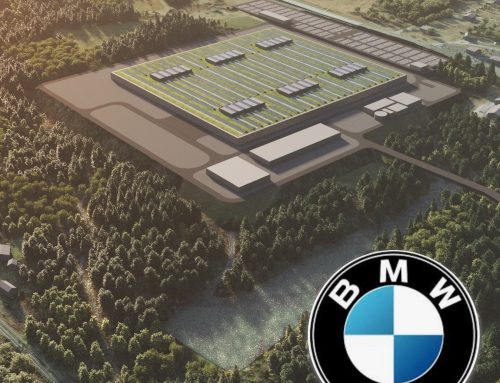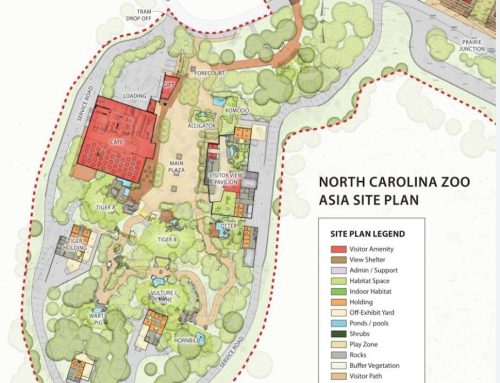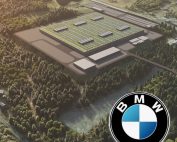
The most common type of steel used in the solar power industry is hot-dip galvanized (HDG) steel. HDG steel provides distinct advantages for the solar industry. Longevity is one major advantage. Even when driven below ground, like the posts in solar farms, hot-dip galvanized steel provides a service life of over 75 years in most soil conditions.
With the typical design life for solar farm infrastructure being 25-50 years, it can be tempting to cut costs by using bare steel, a higher steel grade, or corrosion-resistant steel alloys for solar posts instead of hot-dip galvanizing.
However, efforts to save on initial cost can lead to unintended consequences which make the value of hot-dip galvanized solar posts even more evident.
- With more than 200 different types of soil identified in North America, the corrosion rate of steel in soils is varied and hard to predict. Meanwhile, HDG provides demonstrated longevity to meet typical solar infrastructure design life requirements and additional insurance to ensure a maintenance-free project.
- Bare steel embedded in soils of low corrosivity is not fully protected in instances where solar structures are installed downwind from a chemical plant or exposed to airborne pollutants. Meanwhile, hot-dip galvanizing provides durable corrosion protection above ground, below ground, and in the transition zone.
- Inspection is simplified since the presence of steel corrosion is very easily distinguished from the presence of the galvanized coating.
- HDG provides additional protection against pitting corrosion. The area-averaged corrosion rates of galvanized steel are 3-6 times lower than those of bare steel in the buried environments surveyed, but the pitting corrosion rates of galvanized steel are 4-20 times lower than those of bare steel in the same environment.
- A great percentage of solar utilities are placed in deserts where environmental corrosion is low, but abrasion can be high due to strong winds. Hot-dip galvanizing increases abrasion resistance though increased material thickness and material hardness. Three of the four individual coating layers are harder than the underlying steel making it incredibly difficult to damage even during burial.
- The hot-dip galvanizing finish remains durable through rough handling during shipping, installation, and in-service.
- Hot-dip galvanizing is unaffected by continuous exposure to extreme temperatures ranging from -40 F to 392 F, making it suitable for rugged and isolated climates.
Solar energy is also a field of increasing innovation. When technological advances require installation upgrades, hot-dip galvanized posts will be in good shape to re-use (or in harsher conditions, re-galvanize) for the next generation of solar panels, saving time and money down the road.
Sustainability
Solar energy is naturally sustainable. It converts the sun’s energy into electrical energy and makes use of the greatest, most sustainable resource on the planet, sunlight. Solar energy technologies and power plants do not produce air pollution or greenhouse gases when operating. Environmental friendliness is a driving factor in the growth of solar power.
Environmental friendliness has been a feature of hot-dip galvanization long before it was a trend. Since the raw materials of zinc and steel used in the process are natural elements, galvanizing creates less waste and environmental damage than many other forms of manufacturing. The alloys used in creating HDG steel are also easily reclaimed and reused. Zinc and steel both benefit the environment by offering infinite recyclability.
Using raw steel posts in solar farm applications is not sustainable. Their uncertain life expectancy leads to unnecessary replacement, which waste resources, energy and money.
The many benefits of HDG solar posts bring incredible long term cost savings and greater sustainability to the solar industry. Hot-dip galvanized solar posts should be a standard part of every solar farm Installation.

